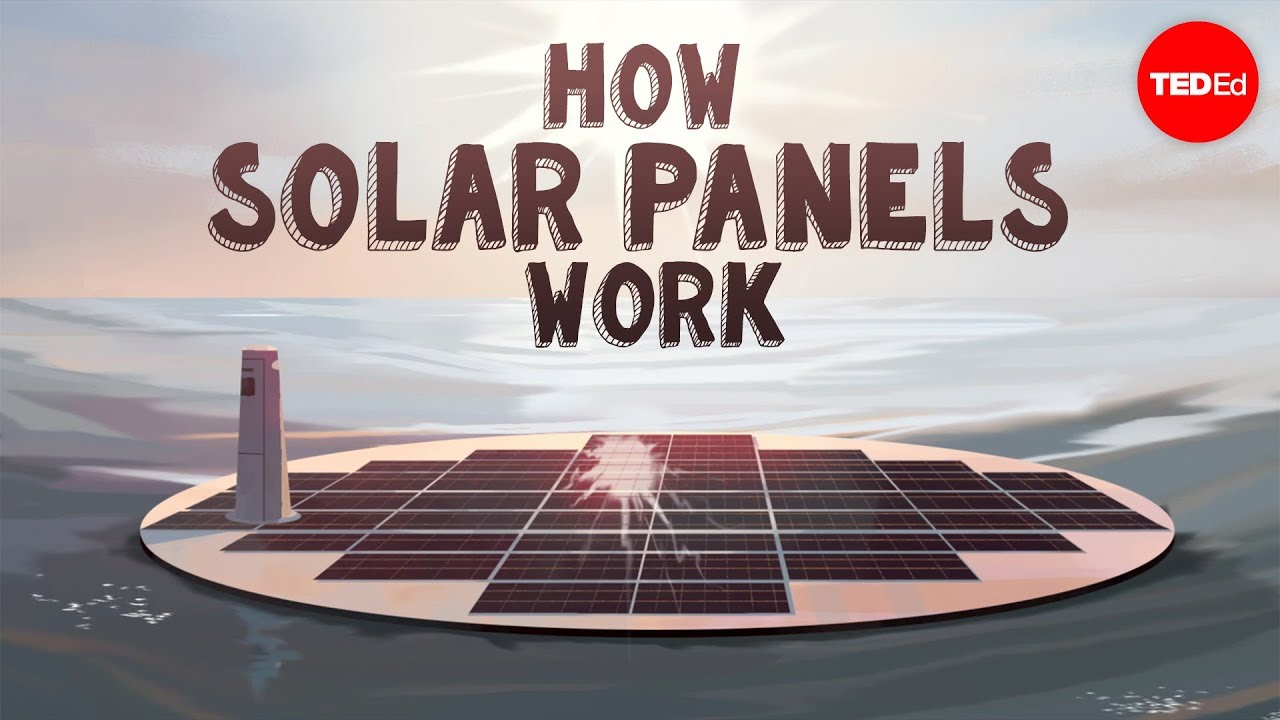
Solar power is one of the most promising sources of renewable energy available today. With the increasing concern over climate change and the depletion of fossil fuels, many are turning to solar energy as a sustainable solution. This guide will provide you with everything you need to know about solar energy, including how it works, its benefits, types of solar technologies, and how to implement it in your home or business.
Solar energy is derived from the sun’s radiation. This energy can be harnessed and converted into electricity or heat. The process involves several technologies that can be categorized into two main types:
Photovoltaic systems use solar panels to convert sunlight directly into electricity. The panels are made up of solar cells, typically made from silicon, that generate an electric current when exposed to sunlight. PV systems can be installed on rooftops, in solar farms, or integrated into building materials.
Solar thermal systems, on the other hand, capture sunlight to produce heat. This heat can be used for heating water, space heating, or even generating electricity through steam turbines. Solar thermal systems are often used in residential water heating applications.
The advantages of harnessing solar power are numerous. Here are some of the key benefits:
The process of converting sunlight into usable energy involves several steps. Here’s a simplified overview:
Understanding the different types of solar technologies available can help you choose the right system for your needs. Here are the primary types:
Installing solar power in your home involves several steps:
Begin by evaluating your energy consumption. Look at your electricity bills to determine how much energy you use monthly. This information will help you size your solar power system appropriately.
Consider the amount of sunlight your location receives. Areas with more sun exposure are better suited for solar energy generation. Factors such as shading from trees or buildings can impact efficiency.
Look into federal, state, and local incentives for installing solar energy systems. Many governments offer tax credits, rebates, or grants to help offset installation costs.
Select a reputable solar installer with experience and good customer reviews. Ensure they are licensed and insured. Get multiple quotes to compare pricing and services.
Your installer will help design a system that meets your energy needs and fits your property. This includes determining the number of panels and their placement.
Before installation, your installer will need to obtain the necessary permits from local authorities. This process can vary depending on your location.
Once permits are obtained, the installation can begin. The process typically takes one to three days, depending on the size of the system.
After installation, your system will need to be inspected to ensure it meets local codes and regulations. Once approved, it can be connected to the grid.
Regular maintenance is essential to ensure your solar power system operates efficiently. Here are some maintenance tips:
Despite its benefits, there are several myths surrounding solar energy that can deter potential users. Here are some common misconceptions:
The future of solar energy looks promising as technology continues to advance. Innovations in solar panel efficiency, energy storage, and smart grid integration are paving the way for greater adoption. Here are some trends to watch:
Solar power is an incredibly valuable resource that offers numerous benefits, from reducing electricity bills to contributing to a cleaner environment. By understanding how solar energy works, the different technologies available, and how to install and maintain a solar power system, you can make informed decisions that benefit both your wallet and the planet. As we move towards a more sustainable future, harnessing the power of the sun will play a crucial role in meeting our energy needs.